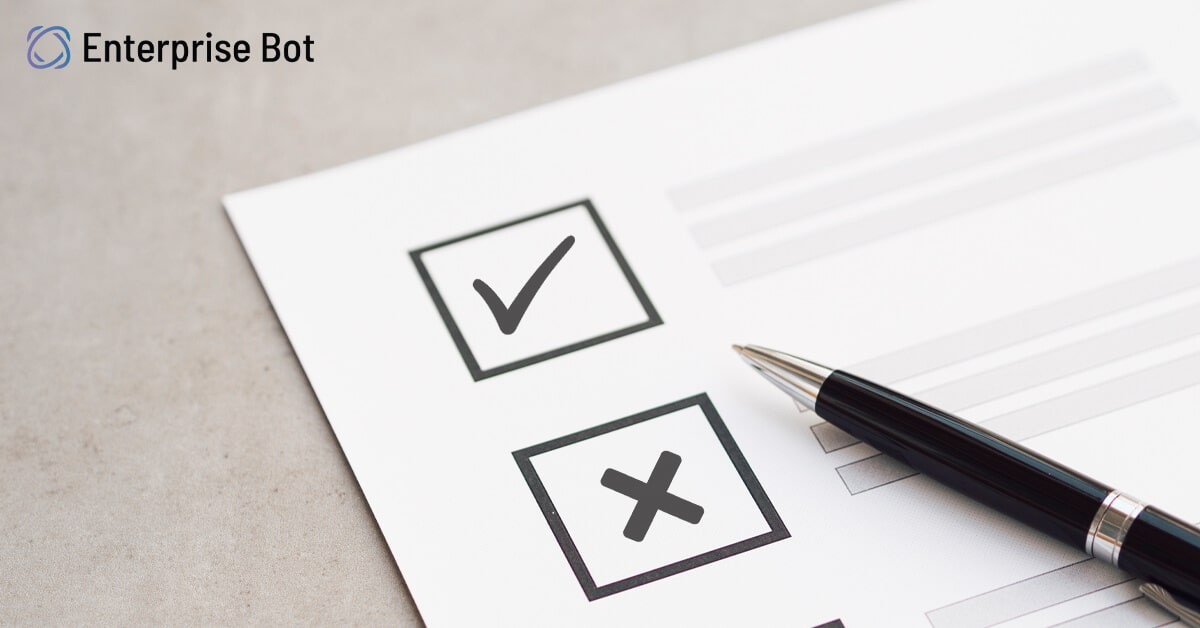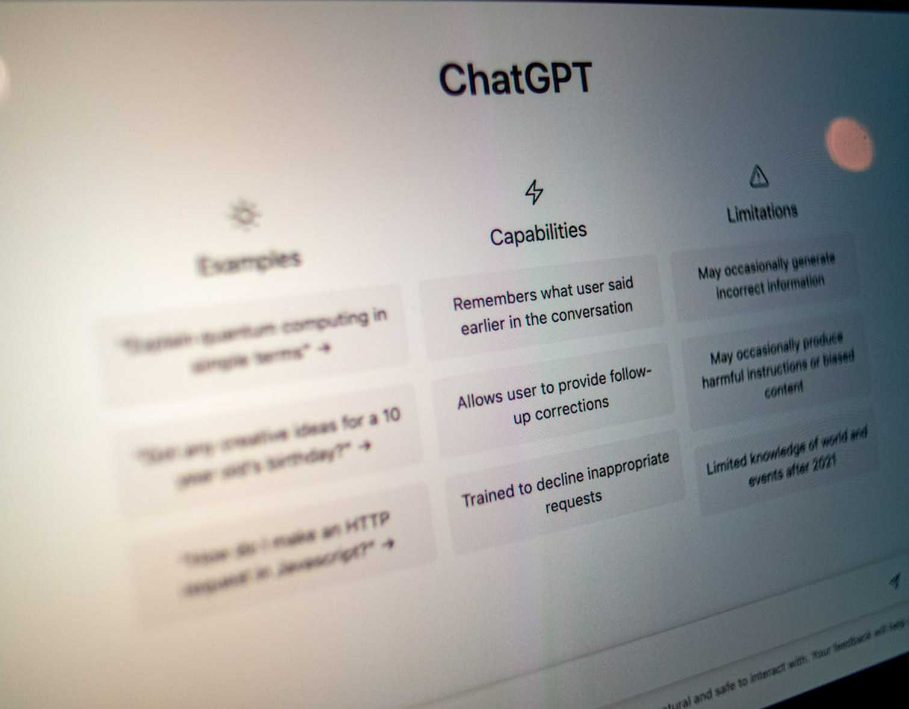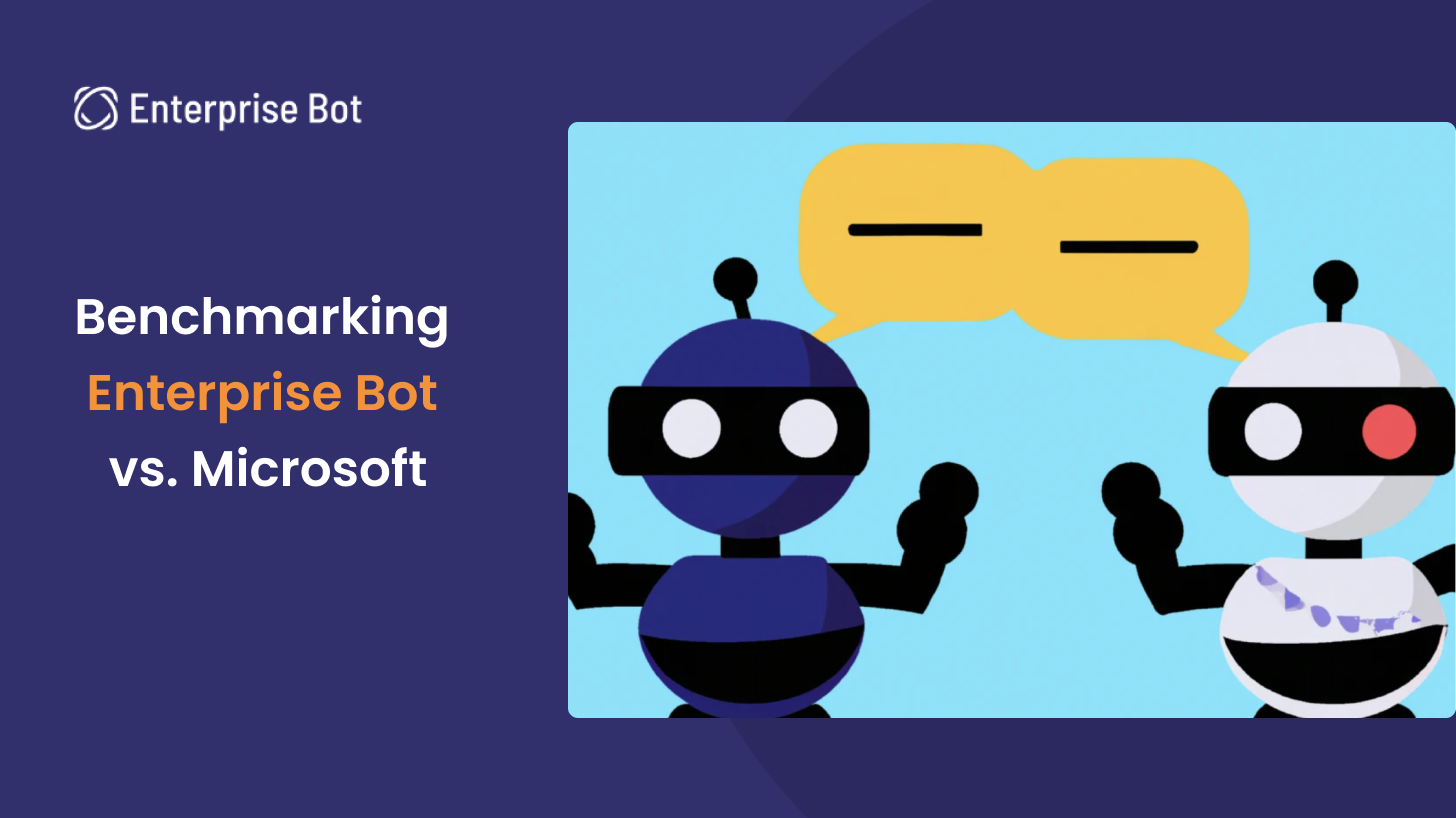How You Can Evaluate Your Customer Service Chatbot For The Best Business Results

Systemic evaluation is paramount to generating tangible quantitative and qualitative business results from a customer service chatbot. Regularly analyzing and measuring Key Performance Indicators can help you evaluate your customer service chatbot for superior performance. It will also help you understand the effectiveness of your customer service chatbot. Tracking KPIs can inform you if your customer service chatbot is working effectively enough for your target audience by responding to all their needs as foreplanned and can be the foundation upon which critical future decisions and actions unfold.
A few most important KPIs you’ll need to keep your eye on to evaluate your customer service chatbot for the best business results consistently will be:

1. Chatbot Activity Volume
The number of interactions your customer service chatbot makes with your users is an indicator of its popularity among your target audience. The Chatbot Activity Volume actively reflects your customers’ inclination towards using the customer service chatbot for raising all kinds of requests — from the simplest routine queries to the most complex questions. By tracking activity, you’ll be able to ascertain if your customer service chatbot is being preferred frequently and if the number of users is on the rise. The usage itself can be both voluntary and prompted.
- Voluntary use, when users initiate the interaction with your customer service chatbot of their own accord
- Prompted use, when users initiate the interaction with your chatbot after receiving a notification
An increasing voluntary usage rate is a brilliant sign that users are finding you customer service chatbot helpful and convenient and are gladly predisposed to using it routinely in the future. Once you see the graph rise steeply enough, you can stay assured that your customer service chatbot is well-positioned to steer your customers’ experiences in the right direction.
2. Bounce Rate
The bounce rate is indicative of the volume of customer interactions that fall short of culminating in successful user experiences. A high bounce rate means that your customer service chatbot is not being leveraged for its designated core competencies and has unfortunately befallen to arbitrary consultations on random subjects. You might need to urgently update its knowledge base, reimagine its place in the course of customer experience, and take proactive measures to bring down the bounce rate.
3. Retention Rate
A high retention rate points towards the vast percentage of users who have been using your customer service chatbot repeatedly over some time. A climbing retention rate means your clients are strongly predisposed to keep coming back to your chatbot for their queries. This high frequency of repetitive redressals is good news for your chatbot’s relevance and acceptance among your customers.
4. Use rate by open sessions
The number of sessions that your chatbot has simultaneously active with it is a good indicator of its demand and credibility. You can get a more detailed measurement of its effectiveness by comparing this use rate by open sessions against the average number of open sessions during a given period.
5. Target audience session volume
This metric is indispensable to analyzing if you are hitting your goals. Your penetration rate for your targeted population speaks a lot about the usefulness of your customer service chatbot among your intended customers. Suppose this target audience session volume is peculiarly low. In that case, you might need to change your customer experience strategies or realign your chatbot’s propositions in line with the requirements of your focus groups.
6. Chatbot response volume
The number of questions your customer service chatbot has answered is paramount to measuring its accuracy and responsiveness. Your chatbot’s response volume can be a transparent account of its knowledge base, datapoints harvesting capability, and its agility. And also a touchstone for how far it can go in terms of precision and how wide it can venture forth in unchartered question land.
7. Chatbot conversation length
This indicator helps you evaluate the average length of the interactions between your chatbot and its users. It can be a handy metric if you aim to increase the efficiency of the bot since it will help you quantify the amount of time saved by your customers as well as your service teams.
8. Usage distribution by the hour
This indicator outlines the times of day when your customers consult your chatbot most proactively also when no one is around, and there is a lull in the activity. This metric is especially helpful to quantify the advantage of this 24/7 tool in empowering you to be present for your customers during the significant percentage of hours when your support teams were previously unavailable.
9. Comprehension capabilities
How well is your chatbot able to comprehend user queries and evolve its existing knowledge base along the way? If your chatbot doesn’t understand a customer question, it’s either because the question is something that has no meaning for it or because the customer service chatbot doesn’t have the required knowledge in the related field. For example, a chatbot specializing in furniture sales won’t understand a football-related question!
10. Self-service rate
This rate reflects the number of users who were able to obtain the help they needed solely through the responses given by your chatbot, without subsequently having to talk to a live support agent. The more the percentage of sessions singlehandedly managed by your bot without being redirected to a live agent, the higher the self-service rate.
This metric is crucial as customer satisfaction increases proportionate to your support centre’s First Contact Resolution (FCR) rate, the percentage of customer queries that are resolved by your team upon the first contact. So this indicator is vital for analyzing the ROI of your customer service chatbot project.
The Ultimate Evaluation Metric: User Feedback
While you are regularly evaluating the effectiveness of your customer service chatbot using these metrics to streamline its operations in the right direction, it’s imperative to know what your users ultimately think about your chatbot. Did it provide good help? Did they feel satisfied? Will they be happy to interact with the chatbot in future?
There are two different ways you can find out:
- You can directly ask users if they felt satisfied with their experience after every support interaction
- You can offer users the opportunity to fill out a more in-depth questionnaire to obtain specific information (e.g. “Were the responses clear?” “Did you understand everything?” or “Do you have any suggestions for improving our chatbot?”).
This feedback will allow you to calculate two indicators:
- The Satisfaction Rate (the average score received by your chatbot in evaluations by its users)
- The Evaluation Rate (the percentage of sessions in which the user evaluated your bot’s responses at least once)
Knowing these key indicators is essential for evaluating your chatbot’s performance. However, the best indicators to evaluate your chatbot aren’t always the same for every company or every customer service chatbot. So it’s really up to you to choose the most relevant ones based on your line of business, your goals, and the needs of your users.


